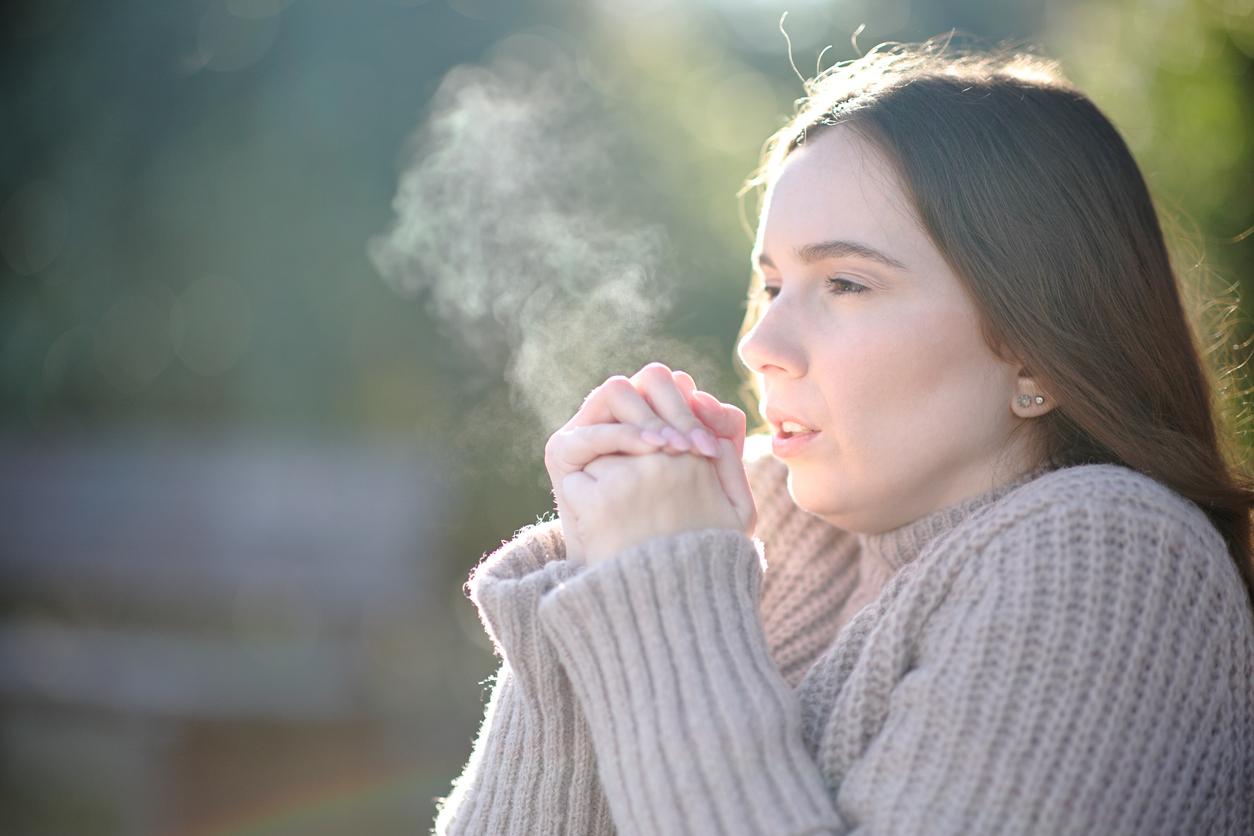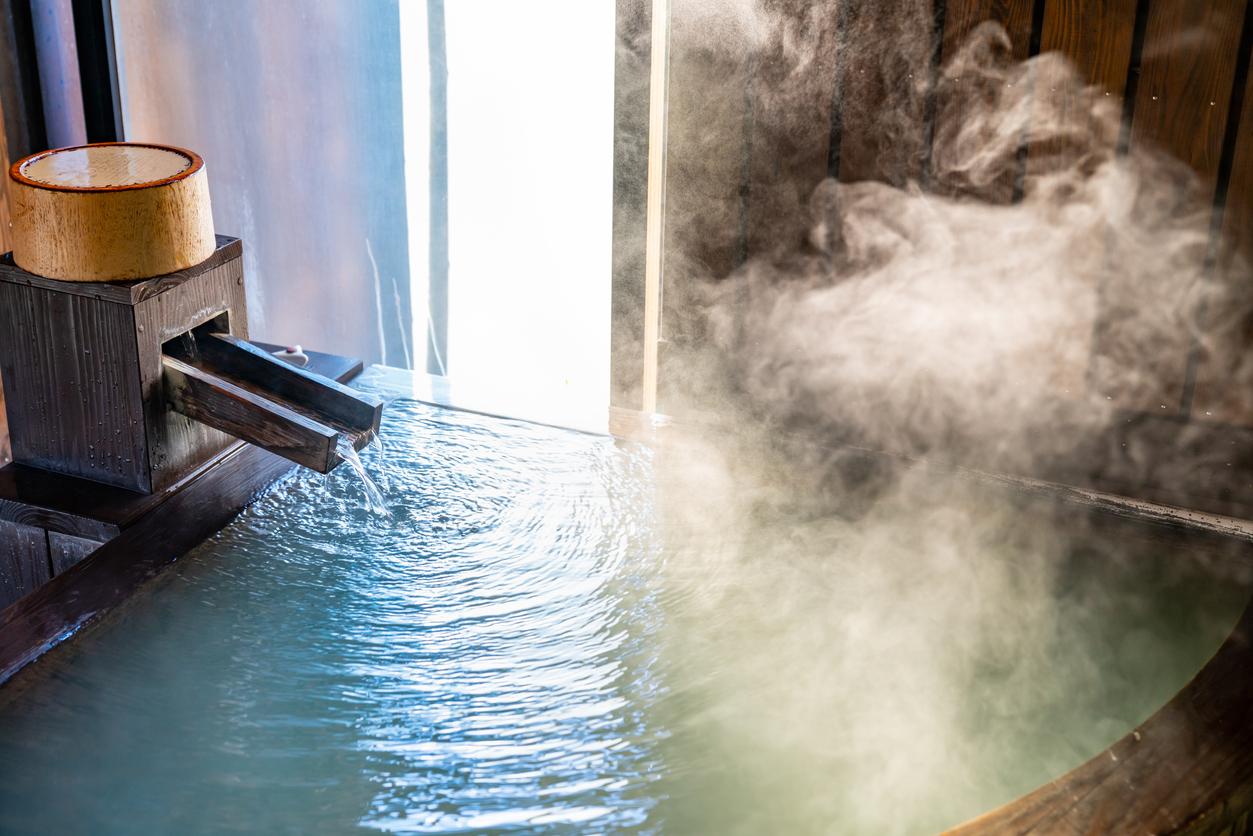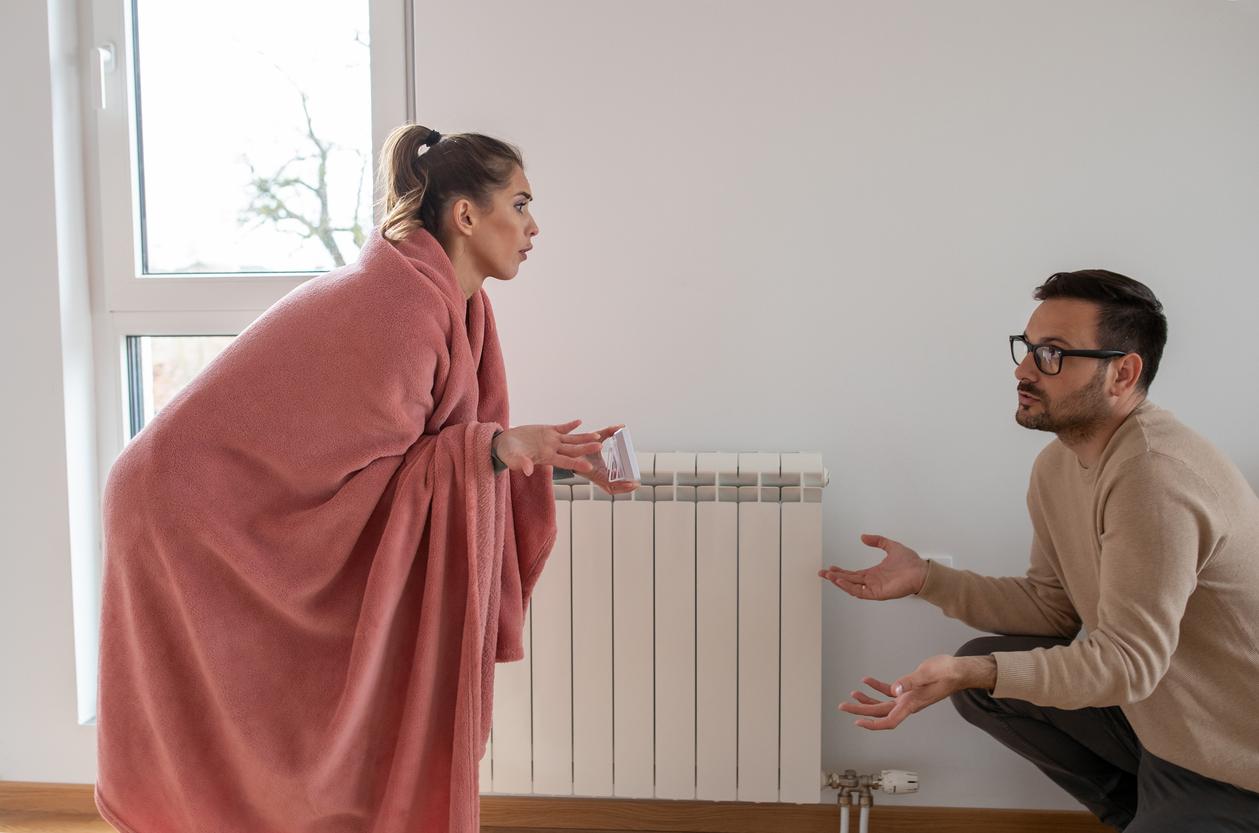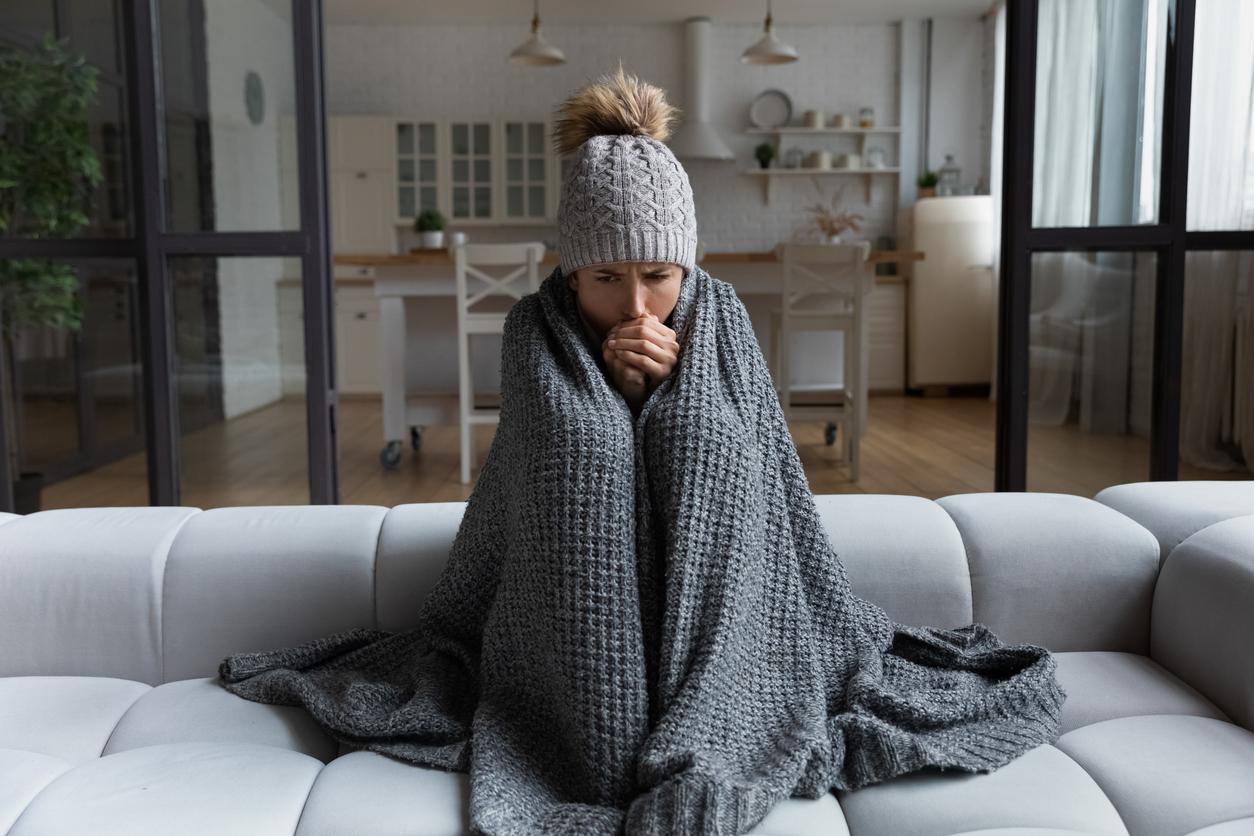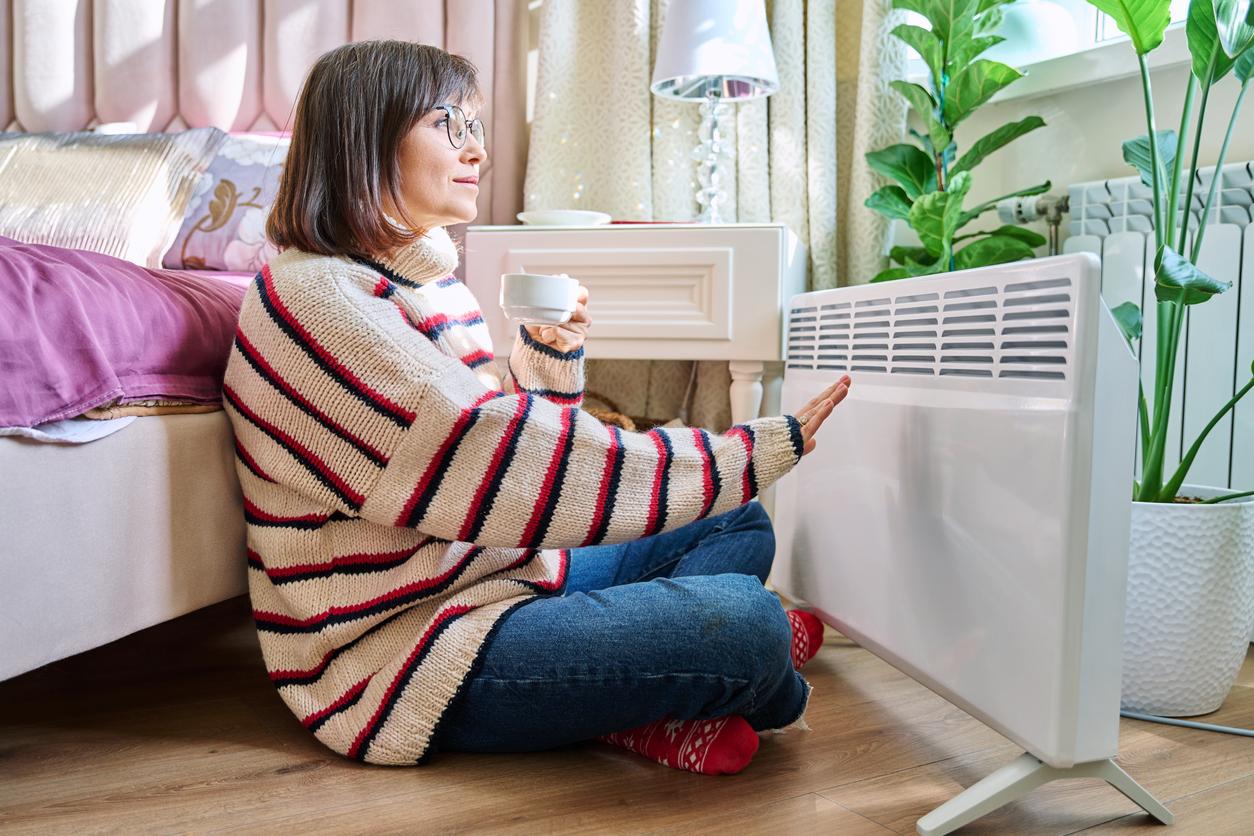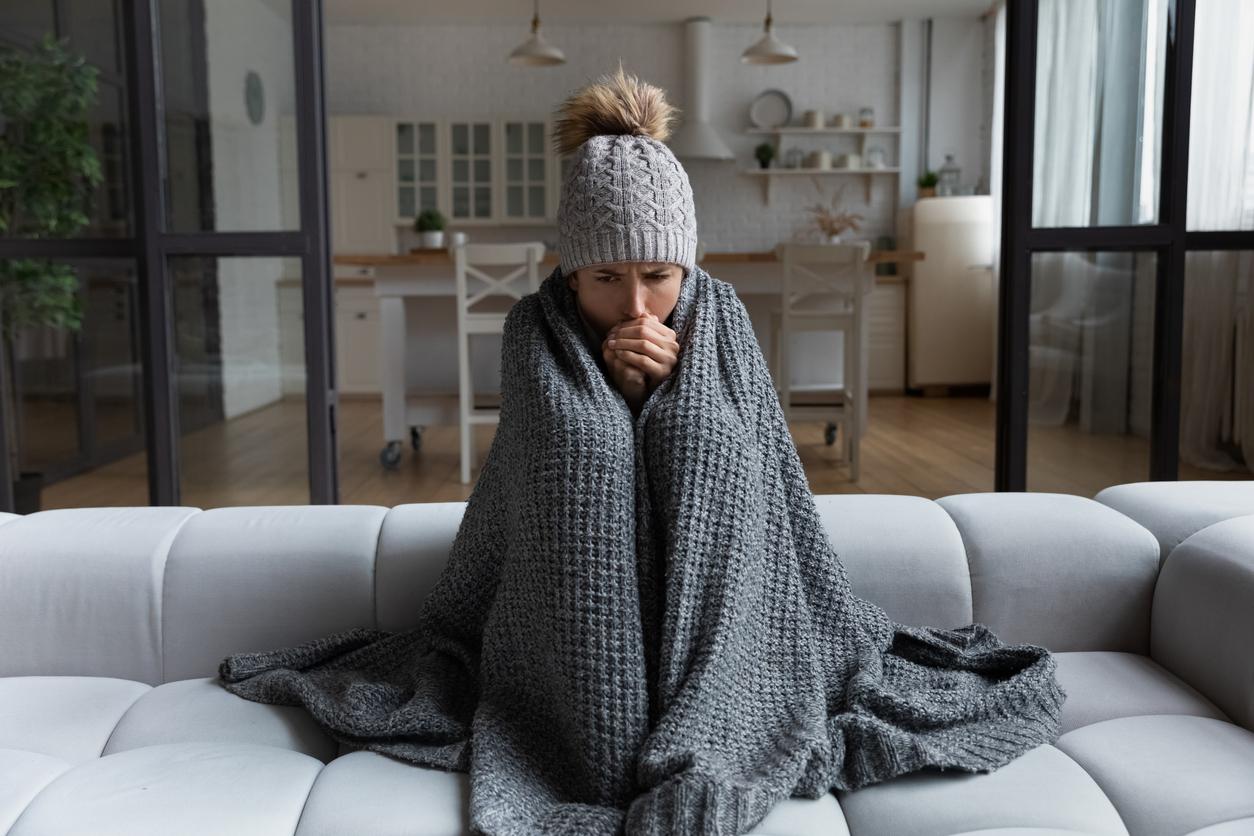
Energy prices are rising, so we are going to cut back on energy consumption. For example, by lowering the temperature by a degree and thus dampening the rising heating costs. But is that good for your health? Six facts.
1 WHO: 18 °C, sometimes a bit higher
The World Health Organization is the authority when it comes to health. About the healthiest room temperature a report was published in 2018. A temperature of 18 °C is recommended therein. That is a safe temperature at which most people’s health thrives, even when it is cold outside, according to the WHO. There is less agreement about the maximum temperature, which is estimated at 21 to 32 °C.
2 The elderly may be a degree higher
The WHO says in the same report that that room temperature of 18 °C may not be the most healthy temperature for certain target groups. The elderly, young children, people with heart or lung disease or people with other chronic illnesses may require a temperature higher than 18°C. For example, because they often spend more hours indoors. Or because their bodies adapt less well to a temperature that is too low or too high. But exactly how this works needs to be better investigated, according to the WHO.
3 Cold stimulates fat burning
If you set the room temperature to 18 degrees or lower, your body will produce brown fat, says Wouter van Marken Lichtenbelt, professor of ecological energetics and health at Maastricht University. newspaper Trouw. Brown fat ensures that more energy is released from your diet and adipose tissue. So your body ‘fires’ itself better and your fat burning goes up. Cold also helps you not to become overweight, which is good for your health. Knowing more? Listen here to our podvast about combustion and brown fat.
4 Cold may stimulate the immune system
There is no clear scientific evidence yet that our immune system works better when exposed to cold, says Van Marken Lichtenbelt. But there are interesting clues. ‘It has a positive effect on blood circulation, the functioning of the heart and blood vessels and also improves sugar management’.
5 Your body can get used to a lower room temperature
That says biophysicist Boris Kingma, who researched it, by Today. Ten people were exposed to a room temperature of 15 degrees for 6 hours a day. On day 1 everyone was shivering, but after 10 days the freshness started to get used. According to Kingma, it is not yet clear whether it is healthier to lower the temperature that far. ‘There are many indications that variation in temperature works well. Because then you not only tackle the heat production side of your body, but you also train the blood vessels in cold and warm situations.’
6 Cold Doesn’t Make You Cold
You don’t catch a cold from cold alone. That is what a cold virus does, which you become infected with. So why do we catch a cold en masse when it gets colder outside? This is because we spend more hours indoors and ventilate less well. This makes it easier for us to transfer the common cold virus to each other. In addition, your defenses are also a bit lower when you are cold. Read more about it here.








